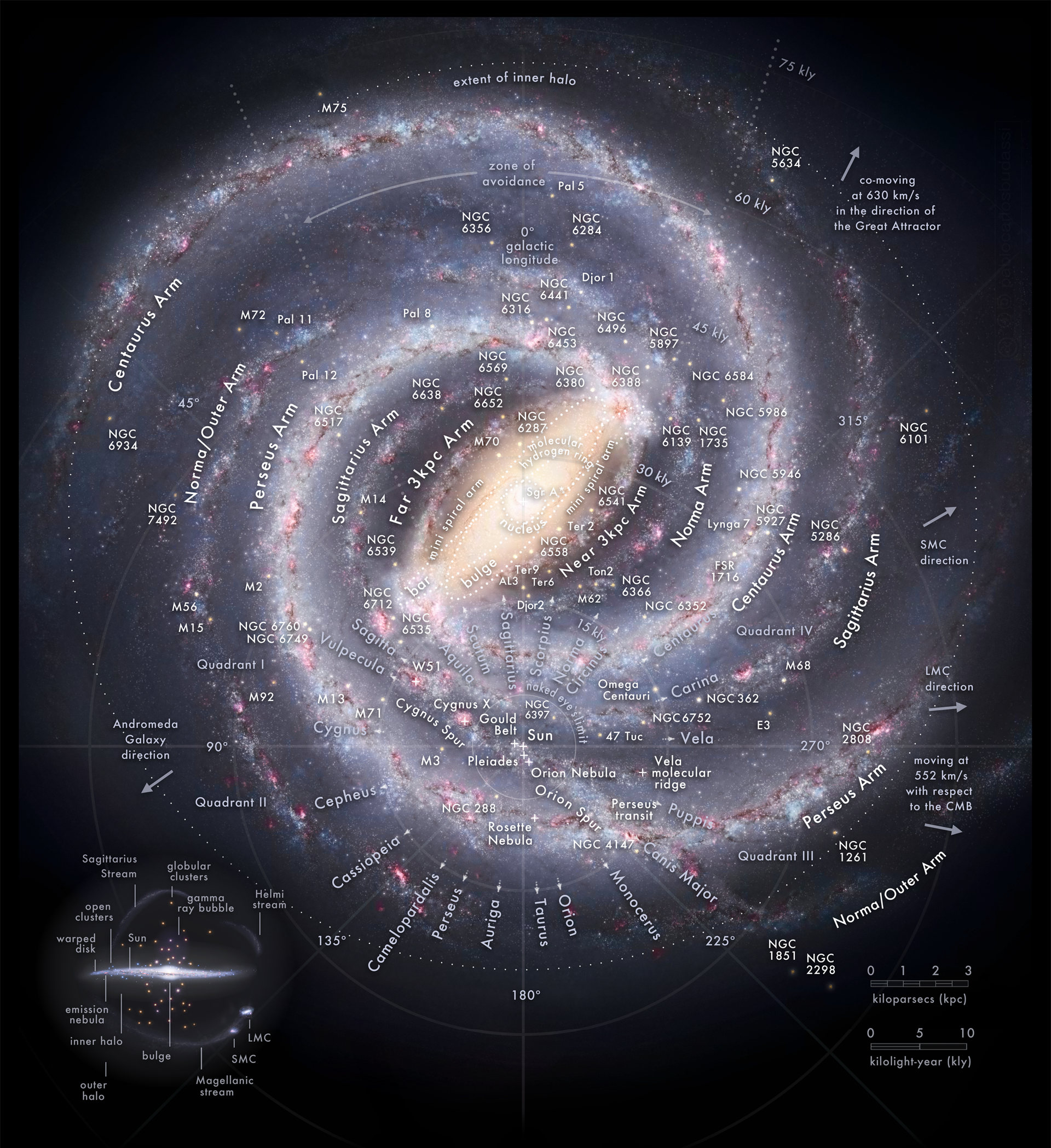How small we are
Galactic Core over Humbug Mtn and Redfish rocks
Several nights ago I got a chance to get out early in the morning to capture the rising Galactic Core over Humbug Mountain and the south bay from Port Orford. It was a tight window between the setting of the moon, the rising of the Core and the beginning of twilight. This image was taken with a Sony 35mm f/1.4 lens at just the beginning of twilight. The foreground is slightly lit from the lights of the Battle Rock Wayside Park at Port Orford.
The reason I say how small we are because this is just the upper edge of the Milky Way and I am quite astounded at how much of the sky it covers. While Humbug Mtn is only 1,761 feet high and the distance from where I am to the mountain is a little over 5 miles, still the expanse of just this amount is breathtaking.
The bright regions around the band of the galaxy are known as star clouds, the most conspicuous is the Large Sagittarius Star Cloud representing the central bulge of the galaxy. Dark regions within the band, such as the Great Rift and the Coalsack are areas where interstellar dust blocks the light. It is pretty amazing that in our galaxy, the Milky Way, there are around 100 to 400 billion stars and most likely as many planets. Because the Milky Way is a revolving disk with the center the densest part and named after the black hole that sits in the center, Sagittarius A*. From there we see the galactic arms that spread out from the center. In all, the Milky Way is projected to have a width of about 100,000 light years. What we see is also a combination of stars, dust and gasses.
Interestingly, scientist believe that the our galaxy contains around 50 dwarf galaxies that have collided with the Milky Way and got absorbed in the arms. The disk of the Milky Way is believed to take about 600 to 700 million years to complete one rotation where as our sun takes about 230 million years to complete one lap. That is because our sun is about 26,000 light years from Sagittarius A*, roughly in the middle of the galactic disc, traveling at a speed of 515,000 mph. So the last time our planet was in its same position, dinosaurs walked the earth. Astronomers believe the Milky Way is about 13.6 billion years old, only 200 million years younger than the universe. Another interesting fact is that the Galactic plane is inclined about 60 degrees from the plane of the earths orbit.
Below is a horizontal picture of the Milky Way, curtesy of Wikipedia: Once can see earths position on the lower right.


